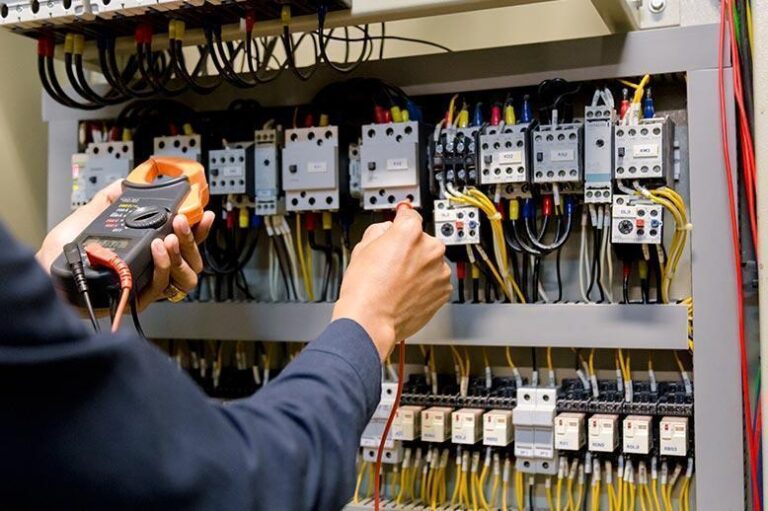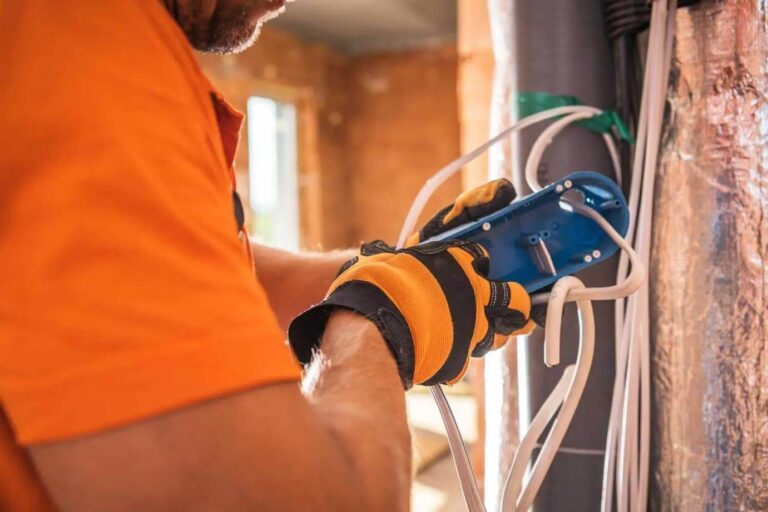In any home or workplace, electrical equipment is crucial for everyday operations. However, damaged or faulty electrical equipment poses significant risks, often going unnoticed until it’s too late. Many electrical issues arise due to wear and tear, improper usage, or environmental factors. If left unattended, such equipment can lead to electrical fires, shocks, and costly repairs. Identifying and addressing these issues early can help prevent accidents and ensure the safety of everyone in the space.
In Australian homes and businesses, electrical safety standards are stringent for a good reason. Faulty equipment, whether it’s a malfunctioning power board or a worn-out cord, can compromise the entire system. Regular inspections and professional assessments are essential to mitigate these risks and keep everyone safe.
Common Causes of Faulty Electrical Equipment
Faulty equipment can stem from various causes. One of the most common reasons is ageing equipment. Over time, electrical devices and wiring naturally degrade, leading to malfunctions. Insulation may break down, and connectors may loosen, resulting in unstable electrical connections that can cause overheating, short circuits, or worse, electrical fires.
Another major cause is environmental damage. Electrical equipment is sensitive to moisture, dust, and extreme temperatures. In areas prone to high humidity or exposure to the elements, electrical components can easily corrode or short circuit. Similarly, physical damage to cords, plugs, or outlets from accidental drops or mishandling can result in equipment failure.
Improper usage also plays a big role. Overloading power points or using equipment outside its intended capacity can stress the system, causing it to break down. Many homeowners and business owners tend to ignore the recommended load limits, putting their electrical systems at risk. In addition, poor quality or counterfeit products can also lead to equipment failure.
Warning Signs of Damaged or Faulty Equipment
Detecting faulty equipment early is key to avoiding serious damage. One of the most obvious signs is flickering lights. If you notice your lights dimming or flickering, it could indicate a poor electrical connection or overloaded circuit. Similarly, if electrical outlets or switches are warm to the touch or emit a strange burning smell, this could signal overheating or a potential fire hazard.
Buzzing sounds from electrical appliances or outlets are another red flag. Electrical systems should operate silently, so any unusual noise could indicate loose wiring or damaged components. Regularly tripping circuit breakers are another sign of a problem, often pointing to overloaded circuits or a faulty appliance.
In more severe cases, visible damage such as frayed wires, scorch marks, or exposed metal should never be ignored. These are clear indications that the equipment is compromised and could be a danger if used.
When to Call a Professional Electrician
It’s crucial to address damaged or faulty equipment immediately. Attempting DIY repairs can often worsen the problem, especially without the necessary skills or tools. A licensed electrician is trained to diagnose and repair these issues efficiently, ensuring the equipment and system are safe to use.
Whether you’re a homeowner concerned about faulty wiring or a business needing a complete safety check, reaching out to a professional ensures peace of mind. Electricians can perform regular safety inspections, replace faulty components, and offer solutions to improve the safety and efficiency of your electrical system.

















